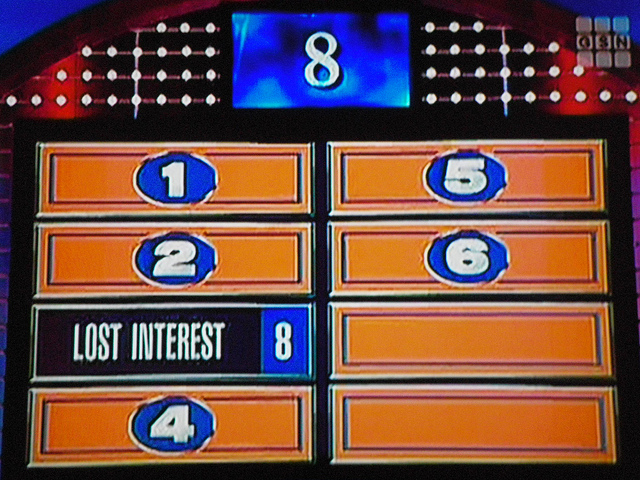
“American [Jew]s are fleeing organized religion.”
This was the big takeaway from the Pew Report in 2013 (I feel a not insignificant embarrassment that we are still quoting it) and another report released last week on the state of American religion in general, both of which found that many Americans are affiliating less and less with organized religion.
The call to action this new report is eliciting is not too dissimilar from the oft-quoted and oft-misunderstood Pew Report. There, the big finding was how a growing number of Jews identified with Judaism culturally, while bearing little or no connection to Jewish religion. And so it goes with other religious groups in America as well: Increasingly, Americans are no longer affiliating with organized religion.
Yet for Judaism especially, we must ask: Why do we consider “religion” and “culture” as separable terms? Why must we continue to define ourselves by this paradigm?
One of the most popular solutions for countering the increasing rates of intermarriage and assimilation is Jewish education. Day schools, intensive Hebrew high schools, youth movements, summer camps, pre-college programs—access to any number of these (and some, admittedly, more than others) help increase Jewish engagement because they provide young, impressionable Jews not just with Jewish religion, but with Jewish culture, providing an all-immersive experience that blurs the line between the two.
Don’t get me wrong, culture is not necessarily a bad thing. It only becomes bad when it is boiled down to falafel balls, blue-and-white cupcakes, and remixes of “Adon Olam.” There are a vast number of ways to harness, combine, or blur the lines between Jewish religion and culture. Religion, especially Judaism, does not have to be an archaic way of commemorating events that happened centuries — or millennia — ago which bear little resemblance to the ways in which we experience the world today.
This blending of religion and culture — like finding new and innovative ways to celebrate or commemorate religious holidays — is not new, either. The first “Freedom Seder,” for example, was organized by the Jews for Urban Justice in 1969 to commemorate the assassination of Martin Luther King, Jr. Though the idea that American Jews were uniformly progressive in the mid-twentieth century is a stretch at best, the point remains that our tradition already adapted and transformed to make it relevant to today.
This thread can be even traced back further into the past, when a group of young Jews reintroduced Hanukkah to American Jewry as a way to combine an ancient — and sacred — tradition with modern values. What emerged was much more than just a Jewish answer to American consumerism during the holiday season, but a unique (and successful) attempt to combine our tradition with the changing times, to find the values in both the past and the present that would create a new and empowering future. Indeed, we can even go back as far as the Bible, which is just as much a Jewish cultural document as it is a religious one. Although we no longer have a sacrificial cult, Judaism was always intended to be equally a religion and a deeply-ingrained culture. Although we no longer have a sacrificial cult, to call ritual purely “religious” does not do ritual justice. The Bible set out to outline ethical, religious, and sacrificial laws, and did not differentiate between them. Neither should we.
Uniting Jewish religion and culture goes far deeper than wearing tefillin and enjoying Israeli or Jewish music. It finds its roots in the already present trend of placing contemporary spins on tradition, and is celebratory not just of tradition or lack thereof, but of looking to our past—our collective memory—to answer the issues we struggle with in our contemporary society.
When we set up a dichotomy between religion and culture, as many commentators did following the release of the Pew Report in 2013, and as I’m sure many will continue doing now, we erase the possibility of blurring the line and creating such new and engaging opportunities. Innovation comes not from separating and categorizing into mutually exclusive groups, but from adapting and finding new and celebratory ways to engage younger Jews.
This, in turn, brings us back to the accessibility of Jewish education and literacy: part of why these attempts are so successful is that they provide young Jews with a window into a time and a place where culture and religion are not at odds with each other. In an all-immersive experience like a sleepaway camp or a day school, there is no boundary between the two. Prayer — and ritual in general — is celebrated because it becomes a part of the predominant culture.
If we want to combat the increasing number of defectors from “organized religion,” we need to stop envisioning them as leaving religion, and start showing that there is a window to Judaism that is not just archaic and a remnant of an increasingly hermetic community found in New York City and Jerusalem. This is a Judaism that is not monolithic, but is wildly diverse, and is not just a religion or a culture, but a combination of the two. That, ultimately, is the underlying beauty of American Jewry.
Amram Altzman is a student at List College.

